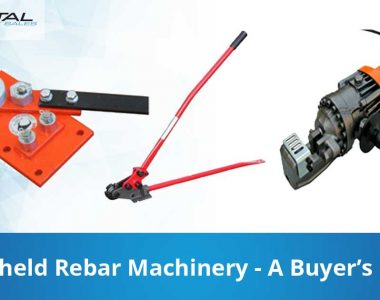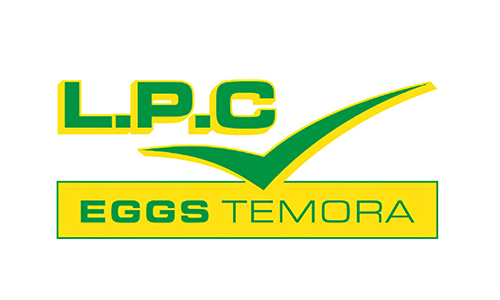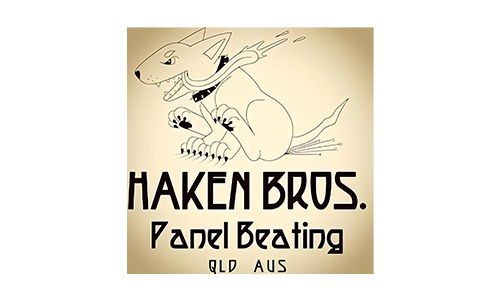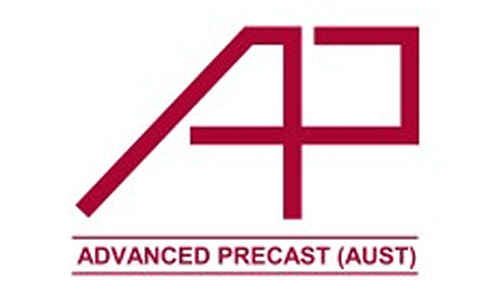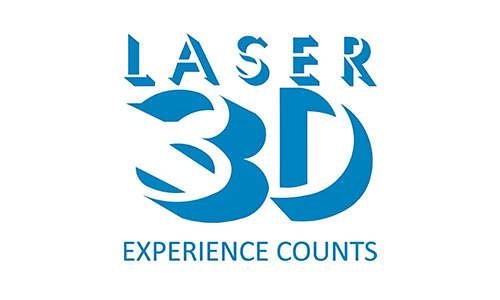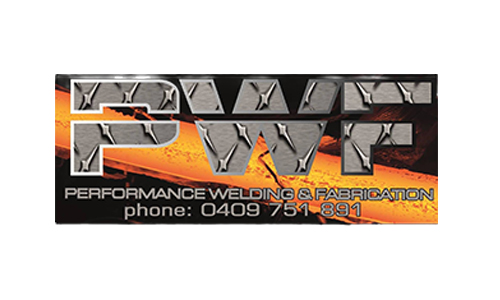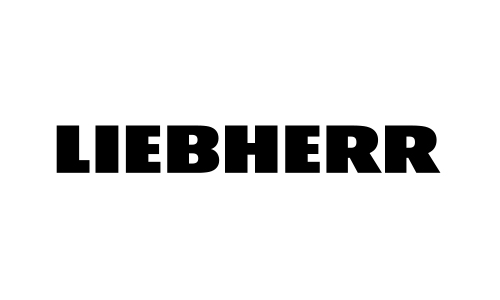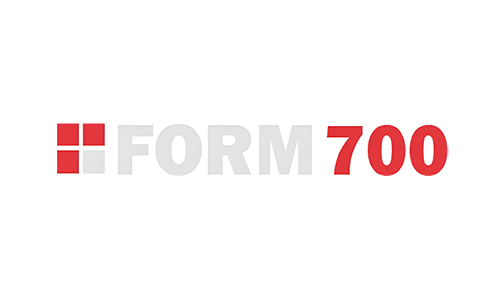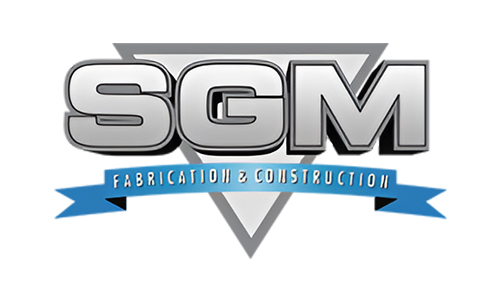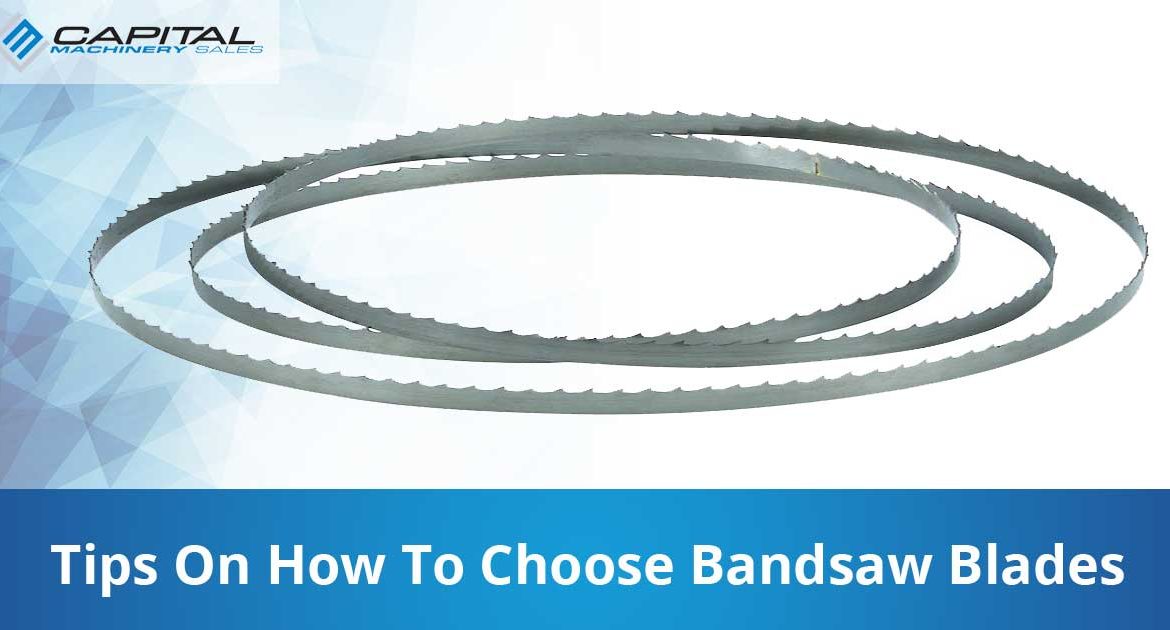
Tips On How To Choose Bandsaw Blades
Choosing a Bandsaw Blades
Well, how much do you know about your bandsaw blade? There are things to consider when it comes to choosing the best blade to use for different materials. First of all fabrication needs a lot of factors to consider before cutting; equipment, material factor, operator skills and more.
Now, if you have a little idea on what bandsaw blade to choose, then we’ll have to help you with that.
What to consider?
1. Metal Cutting
When it comes to cutting metal carbon steel or bi-metal blade is the perfect match for your band saw. Why? Consider the FPM (feet per minute) of the blade, carbon steel blades can go 200 FPM and for best results try it with coolant.
In fabrication shops or in a production setting using bi-metal saws is the best choice. The downside on this one is it cost more than carbon steel blade but more economical when it comes to operations in the long run; can outlast carbon steel if used properly and regularly maintained.
2. Tooth Shape
Tooth shape is one of the factors to be considered in choosing the proper bandsaw blade. Remember, the material determines the tooth form or what saw to be used.
- Regular: A general or all-purpose saw with a straight zero rake
- Skip: Best used for soft nonferrous materials, plastics and wood.
- Hook: Best used for fast cutting and perfect for nonferrous materials, non-metallic, plastics and wood.
Pitch
Tooth pitch is measured in what they call TPI (Tooth per Inch) and it is crucial in determining the performance of the blade and the longevity of the blade.
Things to remember:
- A blade has a 3-4 minimum of TPI within an inch.
- The higher the number of TPI the finer the tooth pitch
- Cutting thin sections requires more teeth or has a fine tooth pitch
- Coarse pitches are required for thicker materials or fewer teeth
3. Material Factor
In every material to be cut, there’s a specific band saw edge to be used. Carbon steel blades, bi-metal, coated or uncoated, carbide tipped blades are used for cutting wood, steel and nonferrous materials. While carbide grit and diamond grit-blades are applied for abrasive building materials, silicon and fiber glass.
Bi-metal blades are commonly used in fabrication and configured to withstand the impact and punishment delivered in fabrication shops that primarily cuts shapes and bundles. Also used for cutting alloy steels.
Always remember that having a fabrication shop has a very diverse requirements when it comes to cutting. Knowing the right blade will surely help you get the job done.


